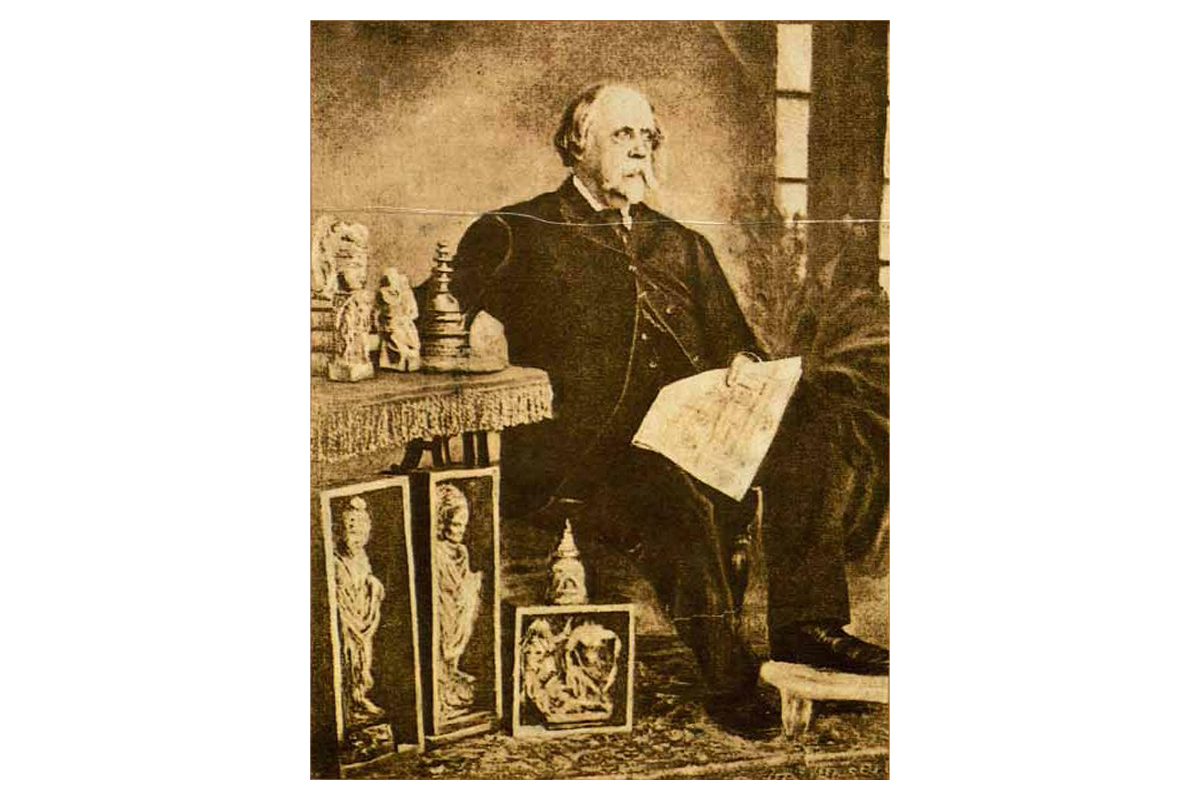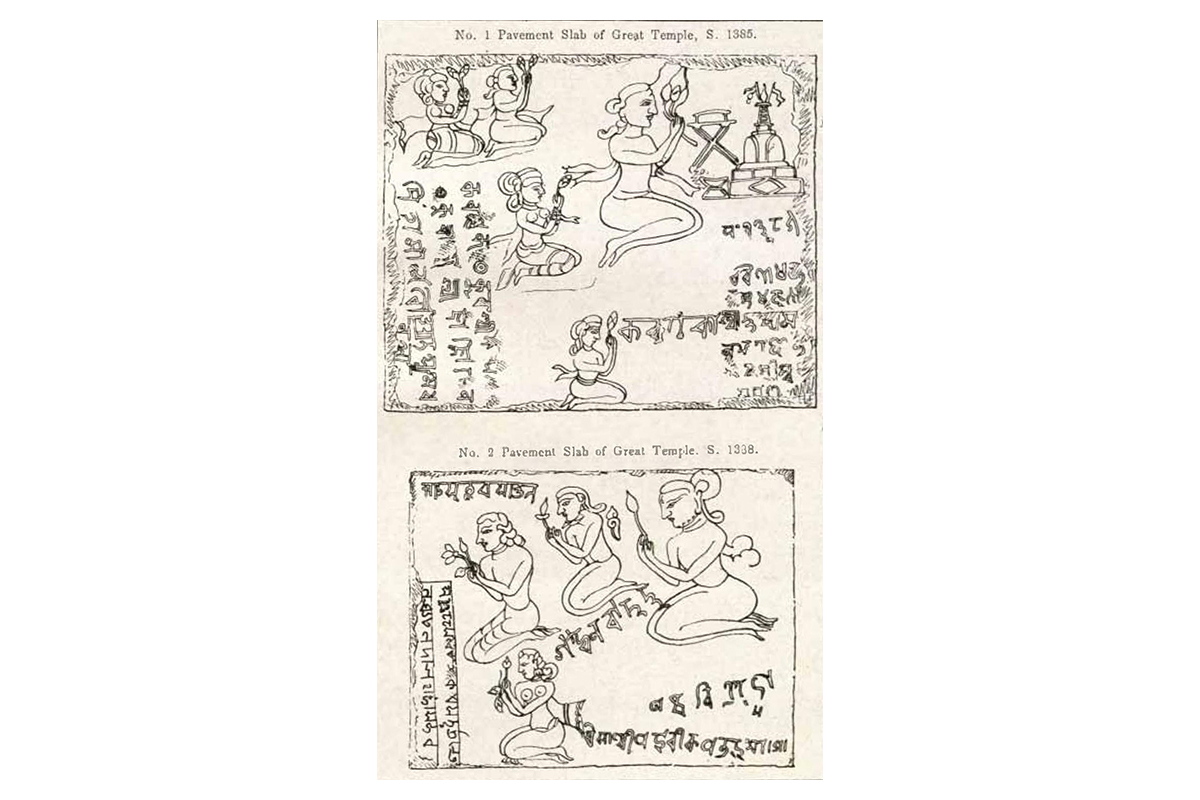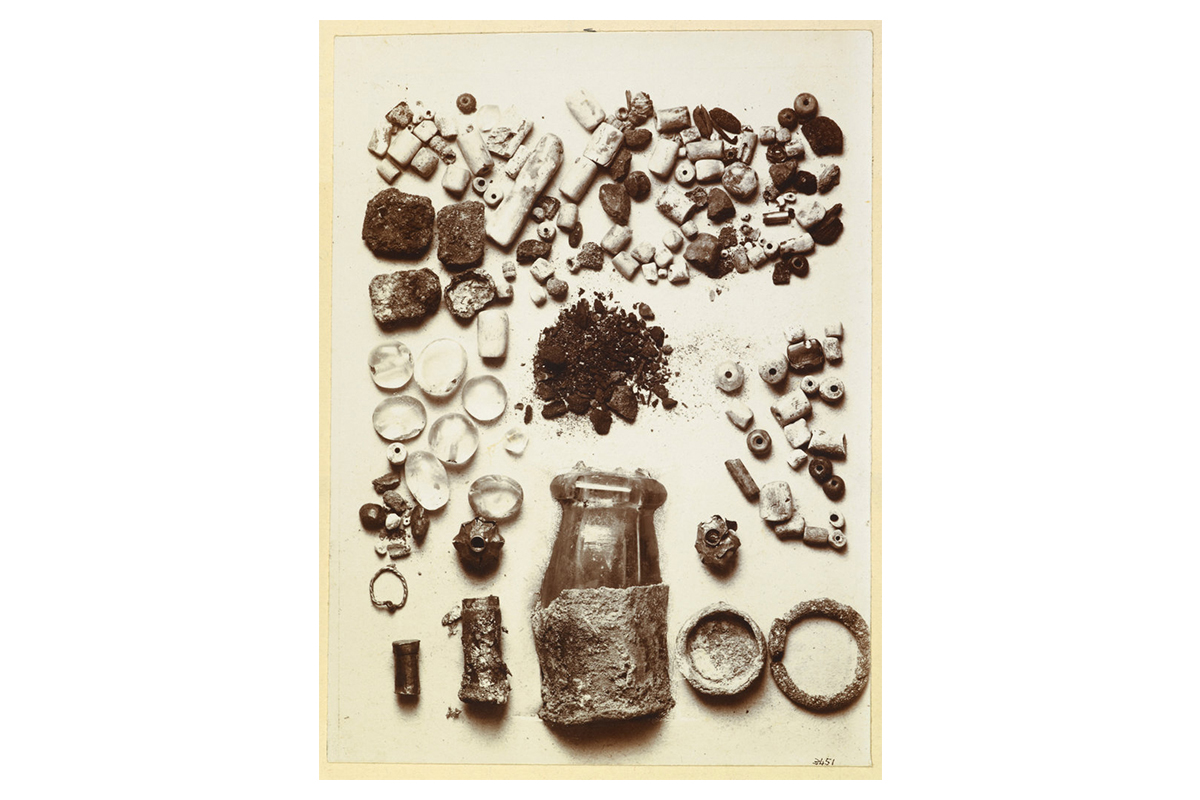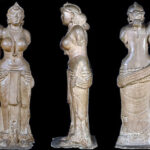The Archaeological Survey of India is Established
1871
After multiple attempts at gaining financial support from the British government for archaeological research, the Archaeological Survey of India (ASI) officially becomes a government department with Alexander Cunningham as its first director-general. Up until this point, excavations and other Indological research has been conducted largely through private funding, often from those supervising the digs themselves. The Asiatic Society is a major example of this, allowing for especially useful research into deciphering ancient languages like Brahmi and Kharosthi, which later help the ASI contextualise rediscovered artefacts through inscriptions, particularly the Ashoka edicts. The ASI will continue to conduct research and conservation as part of the Indian government, to the present day.
Bibliography
Ray, Himanshu Prabha. The Return of the Buddha: Ancient Symbols for a New Nation. New Delhi: Routledge India, 2016.
Salomon, Richard. Indian Epigraphy: A Guide to the Study of Inscriptions in Sanskrit, Prakrit, and the Other Indo-Aryan Languages. New York: Oxford University Press, 1998.
Feedback 
This entry appears in
Art in South Asia
Visit Timeline
Associated Timeline Events
First Published: March 11, 2024
Last Updated: July 2, 2024










